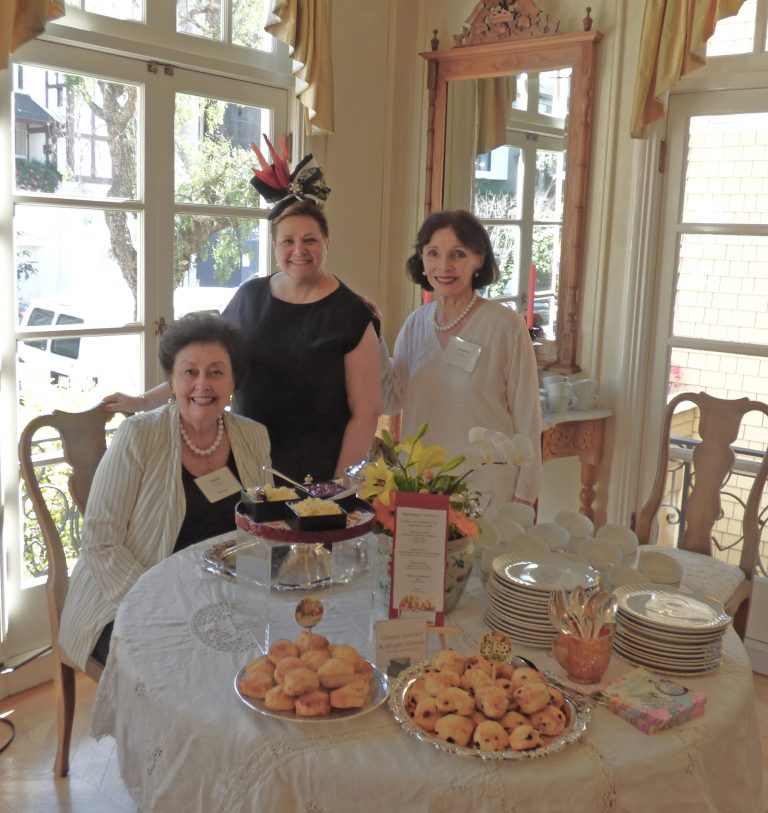
History
Founded in 1926
San Francisco Garden Club (SFGC) is often described as “venerable.” In the same breath, it’s been said that the Club is “camera shy.” For 94 years, the Club has quietly participated in a broad scope of civic achievements; some grand, some grungy (e.g., in 1927, noting the litter in Golden Gate Park, the Club provided 500 woven rubbish baskets to hang from Park trees to collect the detritus.)
Over the years, the Club has rebuilt the Broadway steps, planted yew trees at the War Memorial Opera House, palm trees on Dolores Avenue, Chinese Elms on Arguello Street, and six acres of redwood trees at McLaren Park. In 2015, the Club planted 90 trees in Golden Gate Park to commemorate their 90th Anniversary.
But the Club doesn’t just write checks. Joining Mayor Frank Jordan’s 1992 Coalition for a Clean City, Club members personally swept Powell Street, from the cable car turn-around at Market over to Union Square, every month for a year, then presented the Mayor with funds to pay for ongoing steam cleaning.